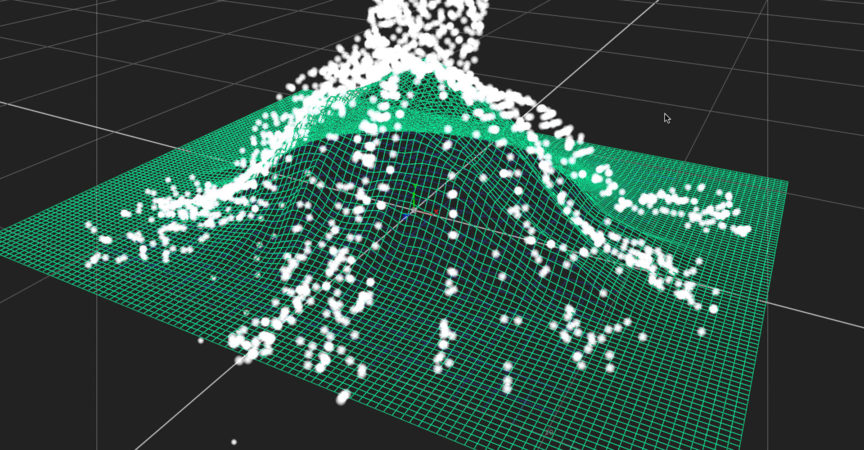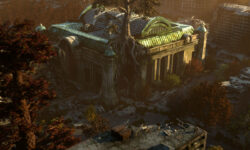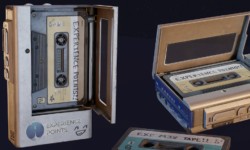Nuke New Features Consolidated
Release date:2019, January 18
Duration:07 h 25 m
Author:Steve Wright
Skill level:Intermediate
Language:English
Exercise files:Yes
Learn how to work faster and smarter with Nuke, the Foundry’s flagship compositing app. In this course, VFX guru Steve Wright helps you get up to speed with the most helpful new features and enhancements introduced in Nuke 6, 6.3, 7, 8, 9, and 10. Steve goes over the most relevant additions in each release, from how to leverage the RayRender node—which adds ray tracing to Nuke—to how to work with the ParticleCache node. Plus, learn how to leverage the SplineWarp node, the Pixel Analyzer, and much more.
Topics include:
RayRender workflow
Creating a flipbook
Adding drop shadows to text
New EXR 2 file features
Assessing the context-sensitive help
Creating a morph
Working with audio tracks
Refining the key
Multipass keying
Converting a group to a gizmo





 Channel
Channel





